Text
#shark-blog-stuff#sea life#sea creatures#horrorblog78#strawberrycake78#jellyfish#sharks#tumblr polls
10 notes
·
View notes
Text



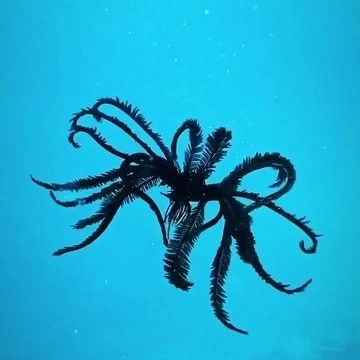




Feather starfish
5 notes
·
View notes
Text


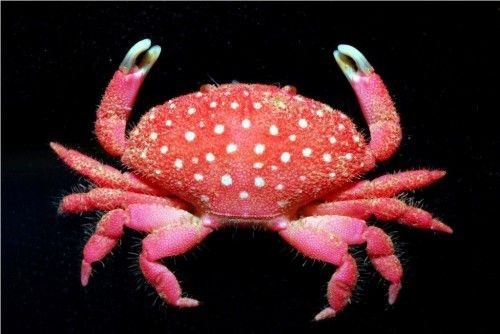


This little guy is strawberry crab
The strawberry crab, Hawaiian strawberry crab or red boxing crab, Neoliomera pubescens, is a small, bright pink crab found in the Indo-Pacific region, including around Hawaii, French Polynesia and Mauritius. It has small white bumps on the main shell and whitish claws. Adults reach about 5 centimetres (2 in) across.
18 notes
·
View notes
Text
Flowerhat jellyfish
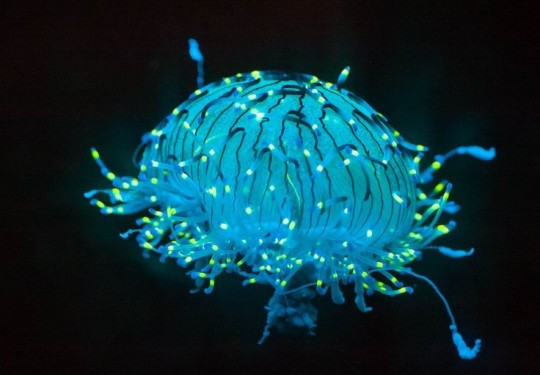

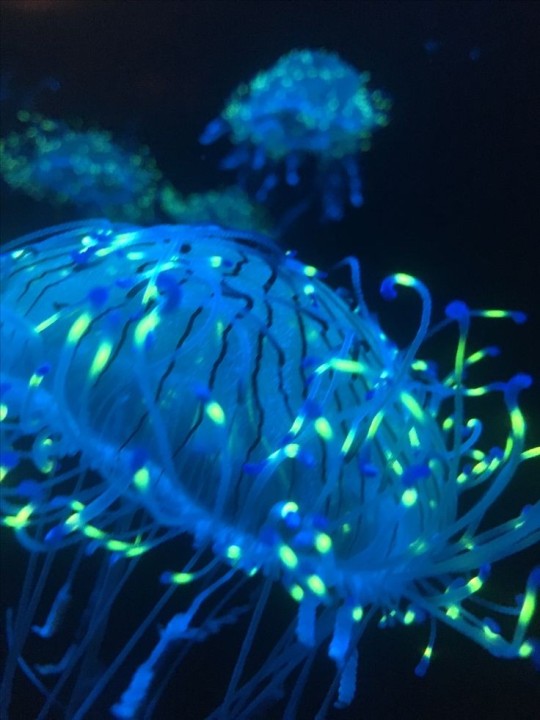

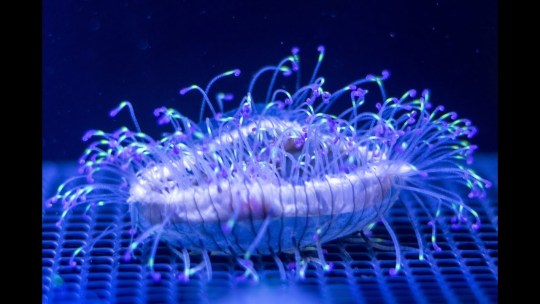
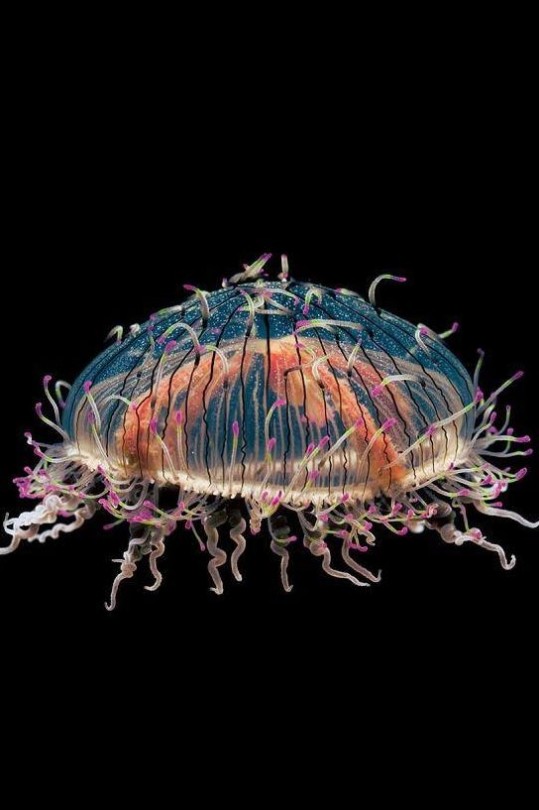
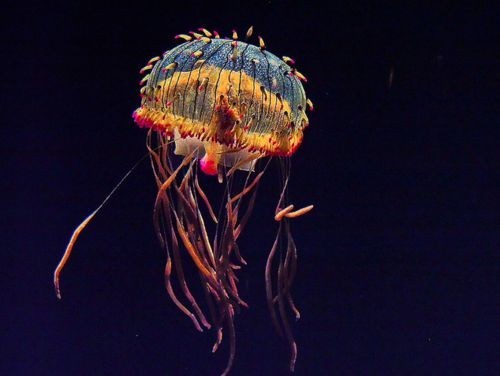
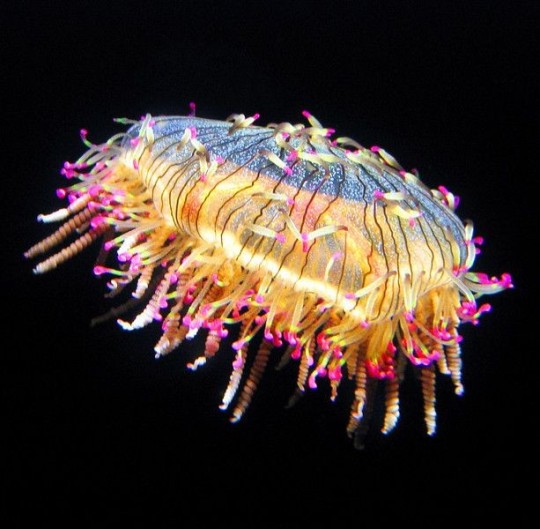
The flower hat jelly (Olindias formosus) is a species of hydromedusa in the hydrozoan family Olindiidae. Although they look like a jellyfish, they actually belong in the class Hydrozoa, while true jellyfish belong in class Scyphozoa. Flower hat jellies occur in the northwestern Pacific off central and southern Japan, and South Korea's Jeju Island. (close relatives live elsewhere, like O. sambaquiensis found off Argentina and Brazil). The adult form of the flower hat jelly only lives a few months and is typically seen from December to July, with peaks in April and May. During the day they rest on the bottom, often among rocks or algae, but at night they float up to hunt for their prey, typically small fish.
38 notes
·
View notes
Text
I feel really sorry for you buddy and hope this person burns in heel because it's not cool to do something like that.
So got blocked by a bitchy ex friend of mine. Love getting blocked and to have a poll about me cause he’s probably a two sided bitch. Sorry I tried to be friends with you but ok just be a high school bully cause you’re immature af. And you know what sorry I sent you posts just wanting to talk but you know. Go fuck yourself
14 notes
·
View notes
Text
At birth, leafy sea dragons are only around .8 inches (20 mm) long. Within one year, they can grow up to 7.9 inches (20 cm). They reach their mature length within their first two years of life
leafy sea dragon

What does it look like? Leafy sea dragons get their common name from the leaf-like appendages on their bodies. They resemble floating pieces of seaweed, which makes them difficult for predators to find in their natural habitat (it also makes them difficult for divers to see too, so anyone who sees one swimming in the wild is exceptionally lucky!). Most adults are green to yellowish-brown with thin bands or stripes across the body. They can reach a total length of 45 centimetres
Where does it live? The leafy sea dragon lives among rocky reefs, seaweed beds, seagrass meadows and on sand patches near weed covered reefs where it looks like drifting seaweed. This species has only been recorded from the southern coastline of Australia, from Jurien Bay Marine Park to Wilsons Promontory in Victoria. In WA, most sightings of leafy sea dragons are in Ngari Capes Marine Park (from Busselton to Augusta) and you might also be lucky enough to find one in Shoalwater Islands Marine Park or Marmion Marine Park

Sea dragons do not have any predators. Their combination of excellent camouflage, tough jointed plates and sharp dorsal spines offer adequate protection. Researchers have even observed sea dragons curling up to present predators with the row of menacing spines

Because leafy sea dragons are such fascinating and unique creatures, some people illegally collect them for their aquariums (they are totally protected). Unfortunately, leafy sea dragons that are removed by divers usually die quickly because their captors do not provide them with the correct live food daily. Other major threats to leafy sea dragons include pollution and excessive fertiliser run-off, as well as loss of their seagrass habitat
22 notes
·
View notes
Text

9 notes
·
View notes
Text

78 notes
·
View notes
Text
Wait! Before you leave i have one more thing to say. Ok so some time ago i got new tiktok account With sea life.

It's super fun and you can find there many fun and beautiful sea life videos. Just go search ੈ✩‧₊˚⋆.ೃ࿔*:・·˚ ༘*ੈ✩‧₊˚ and enjoy your time with wonderful sea creatures.
11 notes
·
View notes
Text
14 notes
·
View notes
Text
Bluntnose Sixgill Shark

The migratory bluntnose sixgill shark is found worldwide at depths to 6,500 feet, though it will move to shallower water to feed. These bottom-dwelling sharks have powerful bodies, broad heads, and fluorescent, blue-green eyes. Sixgill sharks range in color from gray to tan to black on their backs, but they're all lighter underneath. And they're big. The Shark Research Institute reports they grow to almost 16 feet long.
It takes a lot of food to fuel that body. Their prey is dolphinfish, billfish, flounder, cod, hagfish, lampreys, chimeras, rays, dogfish, and prickly sharks.
One fascinating adaptation this shark has to help it live in the dark depths is a huge pineal window, a large, light-colored spot between its eyes that allows seven times more light to enter its brain.
13 notes
·
View notes
Text
Northern Wolffish

Northern Wolffish prefer the cold depths of the North Atlantic, residing anywhere from 328 to 5,577 feet below sea level. There is a unique compound in their blood that acts as an antifreeze in the icy waters. Atlantic wolffish are voracious predators with eel-like bodies, large teeth, big heads, and powerful jaws to eat hard-bodied prey such as sea urchins, crabs, and snails. Like eels, they favor rocky ocean bottoms and seaweed beds where they can hide.
These solitary fish grow up to 5 feet long and can weigh as much as 40 pounds. While the wolffish pictured here is blue, they also may be a purplish-brown or dull olive green.
If, by any chance, you see one or manage to reel one in while fishing, watch out because their bite can be painful
5 notes
·
View notes
Text
viperfish
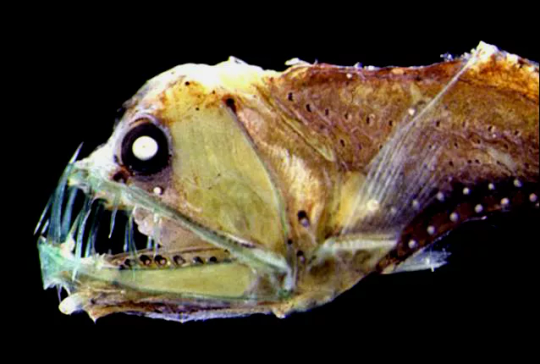
The unlovely viperfish haunts the tropical and temperate ocean at depths of up to 9,000 feet. It generally lives about 5,000 feet below the surface during the day. At night, it ascends to shallower water to hunt. This predator is another deep-sea fish with an outsized mouth, a giant lower jaw, and fang-like teeth. Like the angler fish, viperfish have light-producing organs that they dangle near their bodies to attract prey. And if that lure doesn't work, these fast swimmers rush their victims and impale them on teeth so long they don't fit in their mouth.
This foot-long fish comes in a variety of colors, from green to silver to black to blue.
7 notes
·
View notes
Text
59 notes
·
View notes
Text
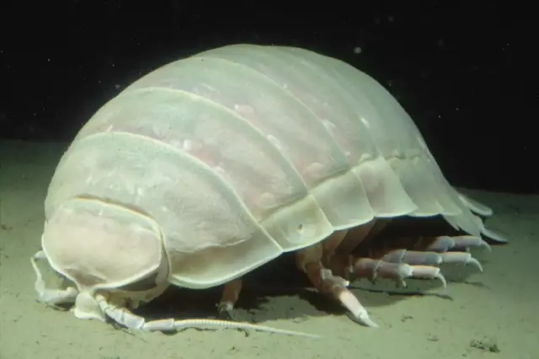
These roly poly deep-sea creatures resemble their distant relatives, the tiny pill bugs found in many gardens. One difference between the giant isopod and your garden variety pill bug is its size — giant isopods can grow up to 16 inches in size! This colossal crustacean slowly roams the seafloor, feeding on dead animals. It is found in deep cold waters and can withstand depths of over 7,000 feet
33 notes
·
View notes
Text
Japanese spider crab
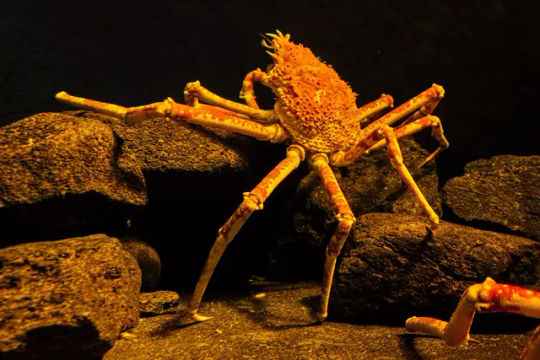
The Japanese spider crab is one gangly deep-sea creature. Known for having the largest leg span of any crustacean — up to 12 feet from claw to claw — this crab looks like an oversized spider. Despite its large size, the Japanese spider crab is not a ferocious predator. Instead, it uses its long, spindly limbs to slowly stroll across the seafloor as it scavenges for dead and decaying matter. Another fun fact — young Japanese spider crabs sometimes adorn themselves with sponges or kelp, possibly to camouflage themselves from predators
10 notes
·
View notes
Text

I'm back
24 notes
·
View notes